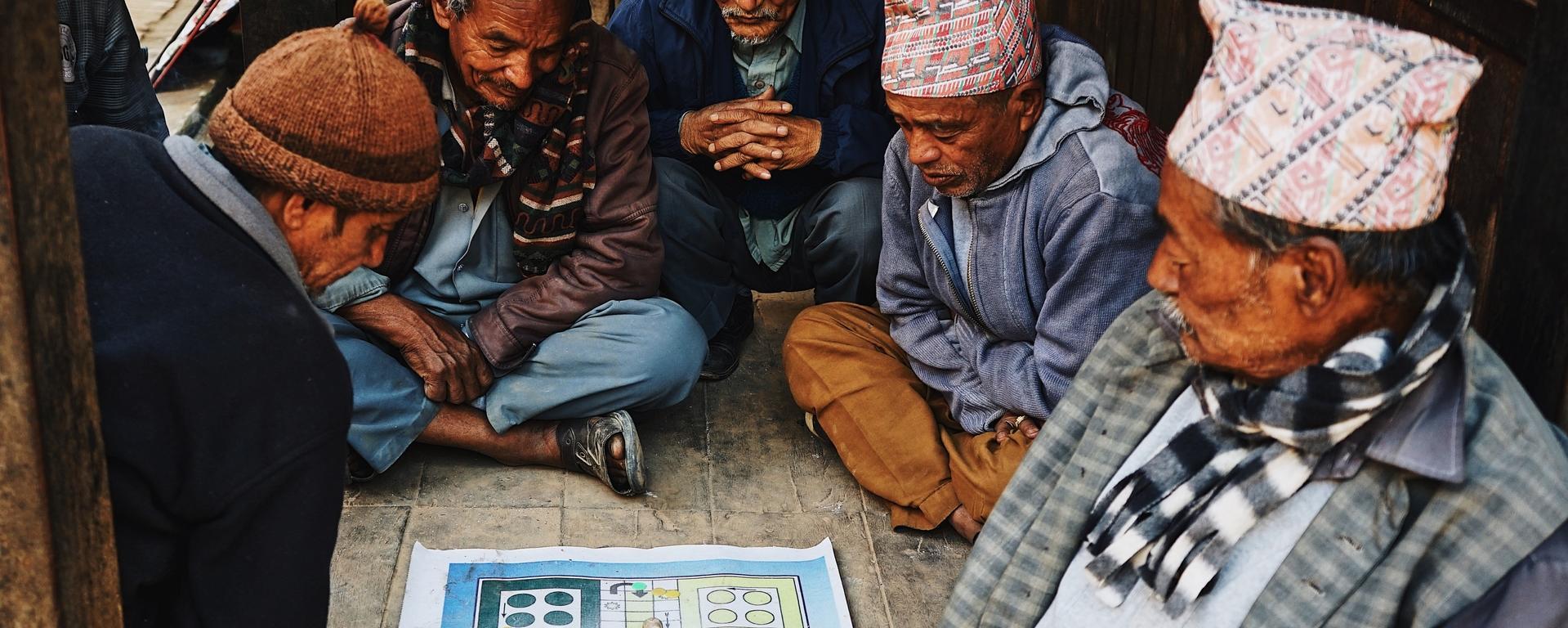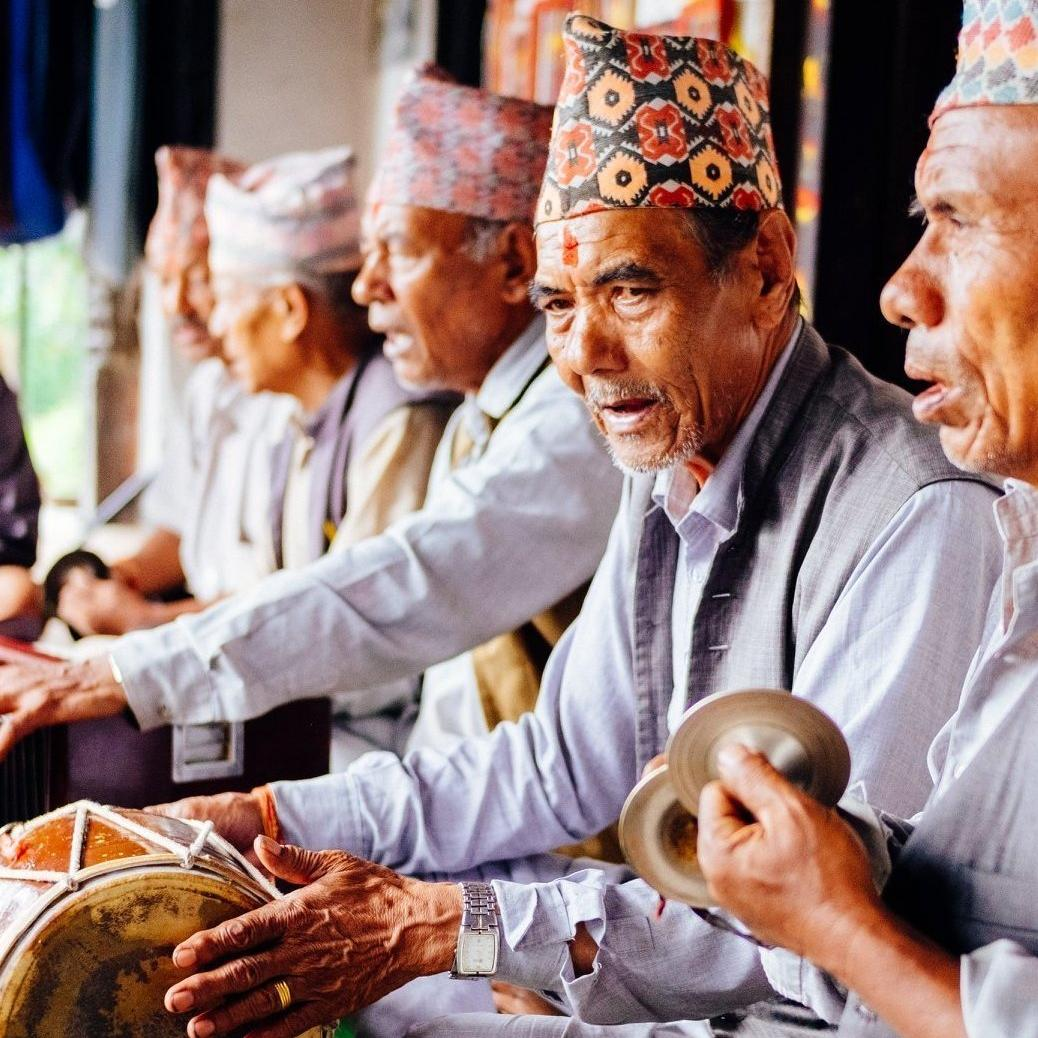
Menu





The name ‘Licchavi House’ was chosen for a reason: literally, to create a family bond with local history. From about c. 400 to 750 CE, the Licchavi Dynasty ruled the Kathmandu Valley and contributed to the spread of Buddhism to Tibet and Central Asia through trade and pilgrimage routes.
The Licchavi – a dominant clan in south Nepal and north Bihar at the time of the Buddha – were prominent devout disciples and generous patrons of the Buddha. Indeed, the Buddha’s own mother, Mayadevi, was a Licchavi.
Licchavi House itself is a project of the Bhrikuti Devi Trust named after the princess of the Nepalese Licchavi Kingdom who married King Songtsen Gampo of Tibet around 621 CE. An ardent Buddhist who was considered an emanation of Tara and the most important spiritual influence on the Tibetan king, Bhrikuti Devi worked tirelessly to build temples and patronize Buddhism in Tibet. Thousands of Nepalese traders, nicknamed ‘Lhasa Newars’ settled in Tibet during her times, helping the two cultures to forge close and long-lasting bonds.
The Licchavi Era in Nepal is still remembered as a golden age of peace, prosperity and stability where spirituality, culture, architecture and literature were valued and promoted. Religious tolerance, racial harmony and gender equality were all important to the flourishing Licchavi society, which promoted freedom, fairness, and exquisite artistic expression. Even war with the powerful neighbors of India and Tibet was minimized through careful diplomacy.
Licchavi House shall nurture Nepal’s ancient wisdom and traditions through the study and practice of art, cinema, writing, photography and other creative skills. It will be a place of friendly comfort where girls and boys of all ages, also teachers, entrepreneurs, workers and students, will collectively celebrate and even share with foreign visitors their extraordinary heritage, in ways entirely relevant to the modern world.